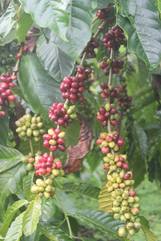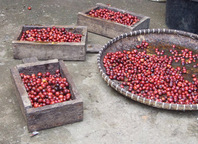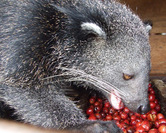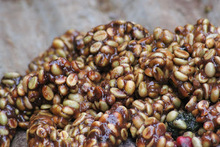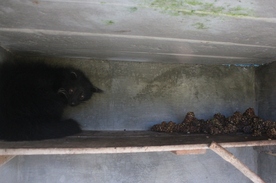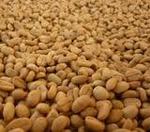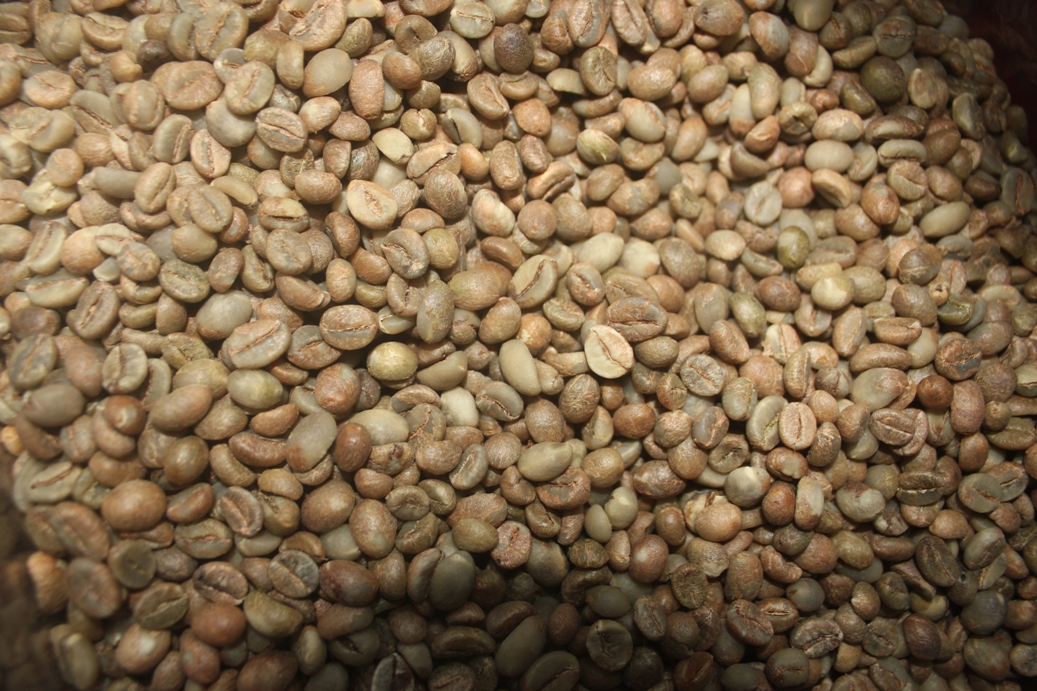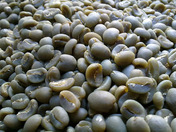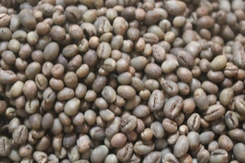Here are the benefits of coffee for women's health:
1. Fight Depression
A study found the relationship between depression and drinking coffee. Especially in women who often get depressed by some of the daily activities. The content of coffee can help minimize depression. For those who consume coffee to cut 10 percent of depression than those who do not consume at all. Although the caffeine content found in soda, but this study did not find an association between soda with depression due to a decrease in the sugar content is too high. So to those of you who want to get the benefits of coffee should reduce sugar content berelebih.
2. Avoid stress and despair
In one study, women who consumed a maximum of 2 cups of coffee a day reduces the risk of suicide in women. The aroma of coffee is believed to have a role in reducing stress due to trigger gene activity to protect nerve cells. However, the researchers cautioned that consumed more than four cups of coffee each day will harm your health.
3. Maintain a healthy heart
Numerous studies have shown that caffeine can be petrified heart health. Regular coffee consumption may reduce a person's risk of primary sclerosing cholangitis (PSC), which is a rare autoimmune disease resulting in liver failure, liver cirrhosis, and even cancer.
4. Can help you lose weight
The content of caffeine consumed appropriately can help you to suppress appetite. Loss of fluids in the body due to consumption of caffeine will cause your body to process heat and energy, even so the fluid must be replaced to meet the needs of your body. Some of the supplements or treatments that use the content of caffeine in weight loss have to use a prescription, so it does not disrupt the health of other organs.
5. Can reduce the risk of type II diabetes
Coffee consumption and the appropriate portion of each day will help you in lowering the 25 percent risk of developing type II diabetes. The content of chromium and magnesium may help reduce the risk of type II diabetes. However for those of you who consume coffee should pay attention to the amount of sugar used in your coffee.
6. Reduce the risk of Alzheimer's and Parkinson's
Coffee can help you to concentrate and slow the onset of neurodegenerative diseases. Several studies have shown that women who have the habit of consuming coffee at risk up to 60 percent lower than Alzheimer's and dementia.
7. Coffee may ward off skin cancer
Coffee not only make you have good mood but can help fight diseases like cancer berbajaya. The risk of skin cancer can be reduced by consuming coffee with the right portion. Women who drank two cups a day are far less likely to develop skin cancer than those who do not drink coffee.






